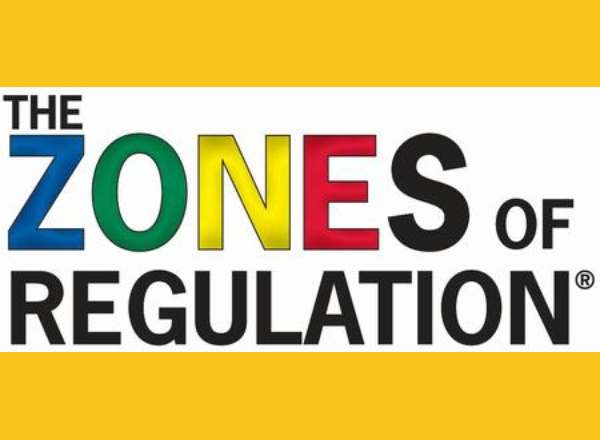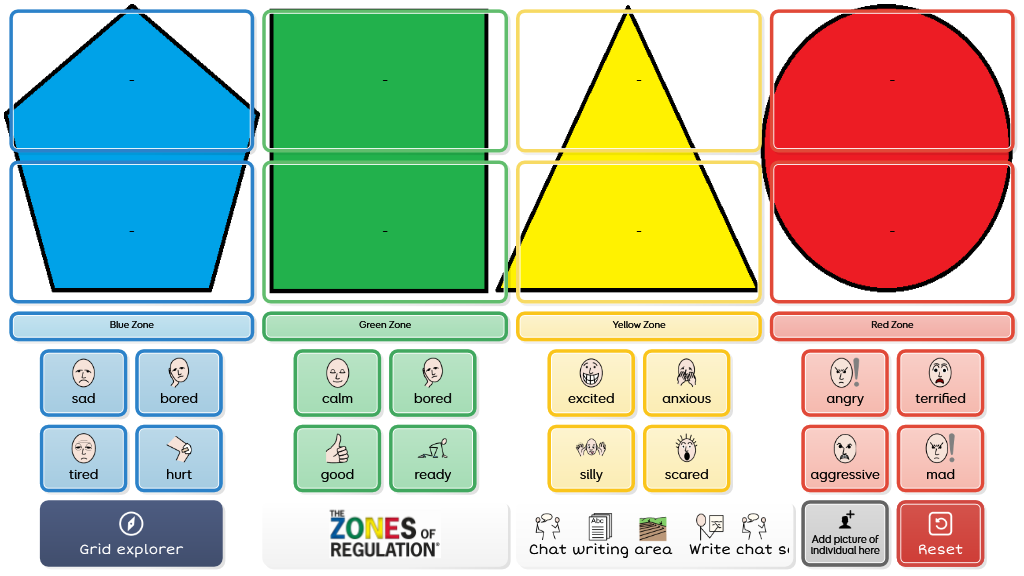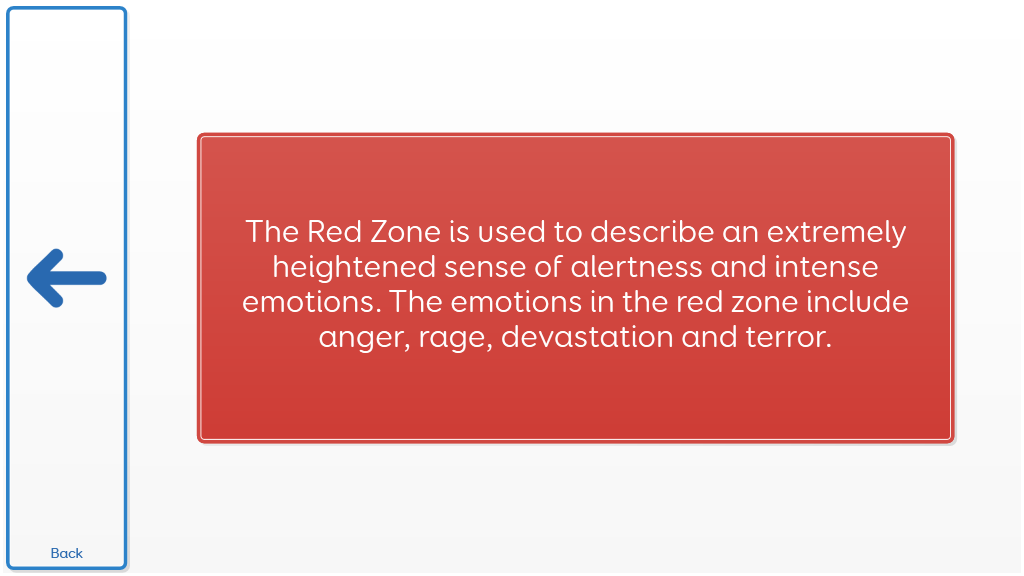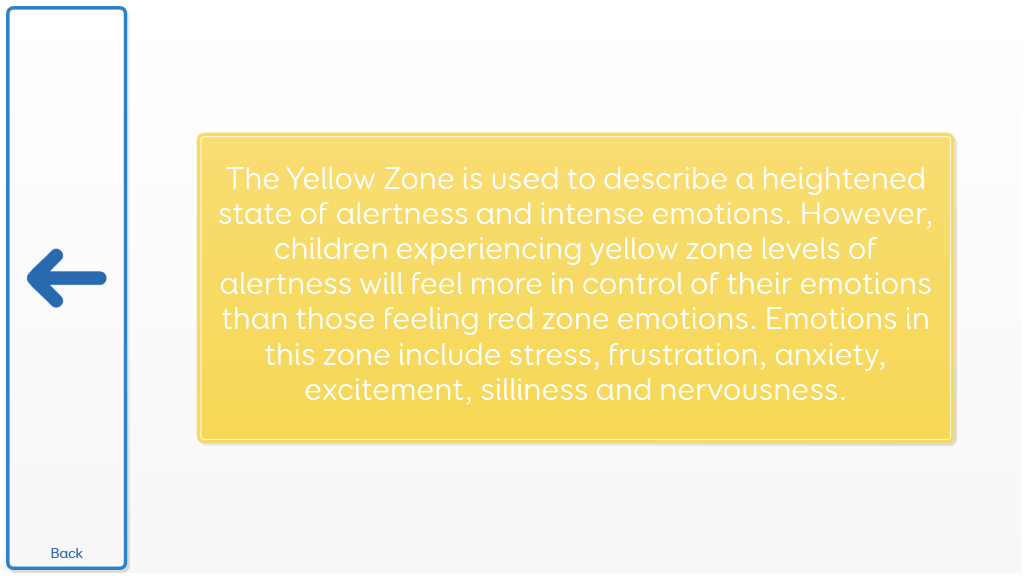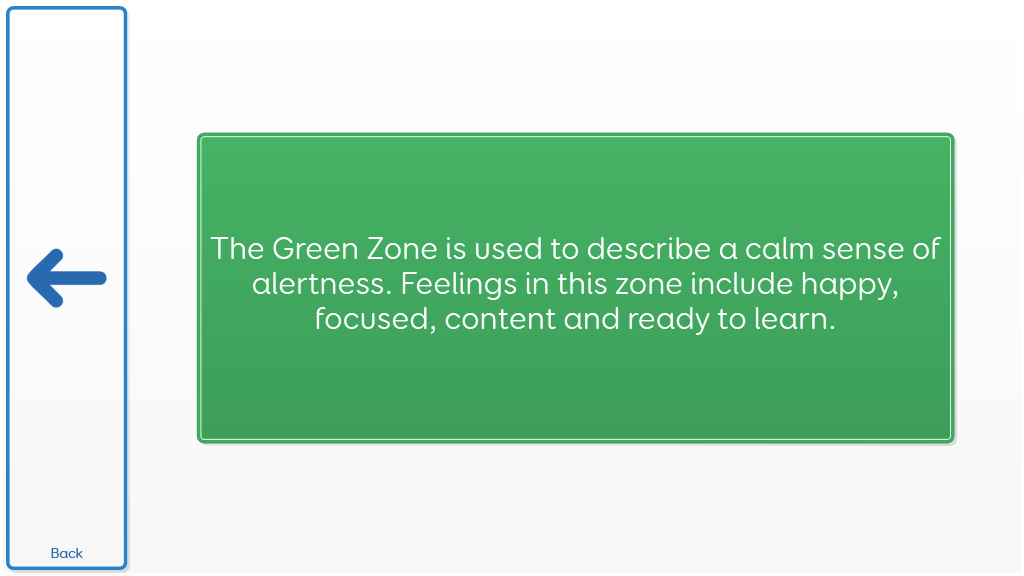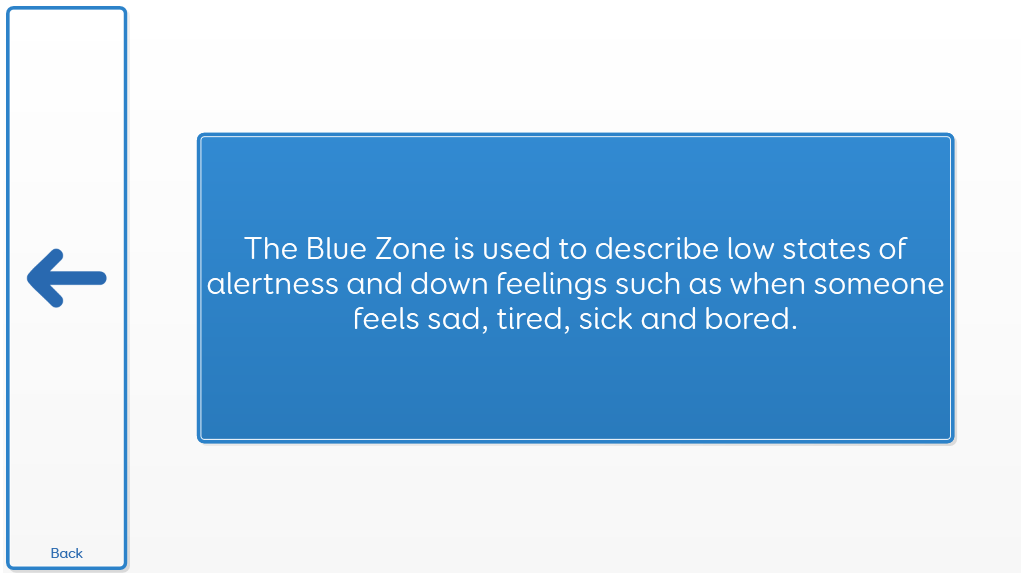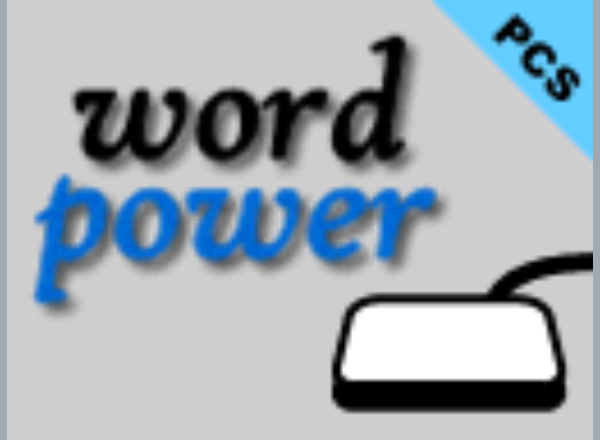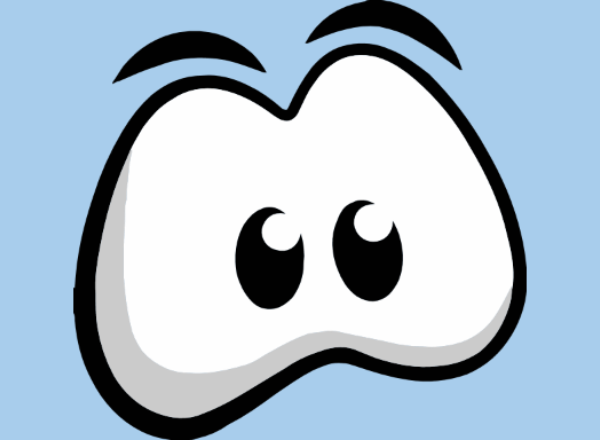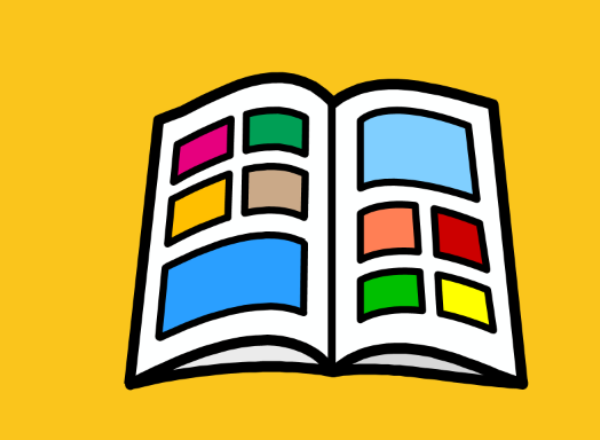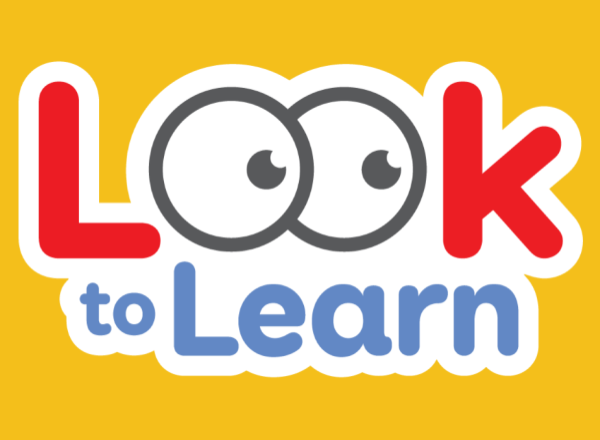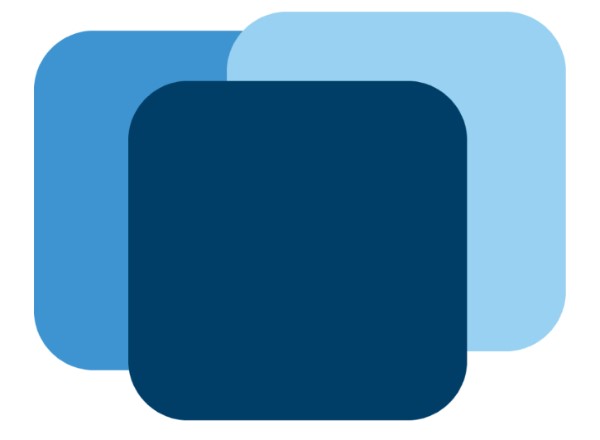
The Zones of Regulation
 Εμφάνιση προφίλ για το Jessica MacRae - Smartbox
Εμφάνιση προφίλ για το Jessica MacRae - Smartbox
The Zones of Regulation is a behaviour management framework designed to foster self-regulation and emotional control. Self-regulation is something that everyone is continually working on whether they are aware of it or not. When we are able to recognise that we are in a situation that is making us lose control of our emotions we are then able to do something about it and manage our feelings to help ourselves get back to a healthier headspace.
The aim of the Zones of Regulation is to help people go through this process more naturally.
What are the zones?
The zones are a self-regulation approach to behaviour that categories all the different ways we feel into different colours, which helps children to identify the way they are feeling.
The framework also provides strategies to help children understand how they can control their emotions and improve their ability to problem solve conflicts. The goal of introducing children to the framework is to help them move towards independent emotion regulation. This is a lifelong skill that they will not only be able to transfer to future educational settings but also use in their relationships and situations they encounter outside of school.
The Zones of Regulation:
The Zones of Regulation are split into four different colours, here is a list of each colour along with the kinds of emotions people may feel when they are in that coloured zone:
The Red Zone is used to describe an extremely heightened sense of alertness and intense emotions. The emotions in the red zone include anger, rage, devastation and terror.
The Yellow Zone is also used to describe a heightened state of alertness and intense emotions. However, children experiencing yellow zone levels of alertness will feel more in control of their emotions than those feeling red zone emotions. Emotions in this zone include stress, frustration, anxiety, excitement, silliness and nervousness.
The Green Zone is used to describe a calm sense of alertness. Feelings in this zone include happy, focused, content and ready to learn.
The Blue Zone is used to describe low states of alertness and down feelings such as when someone feels sad, tired, sick and bored.
The zones can be compared to traffic lights, since the two feature similar colours and meanings. For example, green lights and the green zone both mean 'good to go.' Whilst blue does not feature on traffic lights, it can be seen as a rest colour, which is also relevant to driving.
Emotions in all of the zones are natural to experience, but by using the framework children will learn how to recognise and manage feelings from all zones, as well as further understand how those around them may be feeling.
 Δημιουργημένο στο Grid 3
Δημιουργημένο στο Grid 3
